The Xiaomi Mi9 Review: Flagship Performance At a Mid-Range Price
by Andrei Frumusanu on September 13, 2019 9:00 AM EST- Posted in
- Mobile
- Smartphones
- Xiaomi
- Snapdragon 855
- Xiaomi Mi9
Display Measurement
The Mi9 comes with a 6.39” AMOLED panel sourced from Samsung, and features a 2340 x 1080 resolution.
In terms software settings, Xiaomi offers three screen modes; “Automatic contrast”, “Increased constrast” and “Standard”. Amongst the three, the standard setting is targeting the sRGB colour space, whilst the increased contrast is a non-standard gamut wider than DCI-P3 which looks to be the panel’s native gamut capabilities. Amongst the three colour spaces, Xiaomi also offers colour temperature tuning. I noticed that although the UI greys out the colour temperature settings for the Increased Contrast and Standard modes, the customized settings are actually still applied, even though they can only be adjusted when the Automatic mode is selected. For this review I stayed with the “Default” colour temperature pre-set as it was the best amongst the three pre-sets.
We move on to the display calibration and fundamental display measurements of the Mi9 screen. As always, we thank X-Rite and SpecraCal, as our measurements are performed with an X-Rite i1Pro 2 spectrophotometer, with the exception of black levels which are measured with an i1Display Pro colorimeter. Data is collected and examined using SpectraCal's CalMAN software.

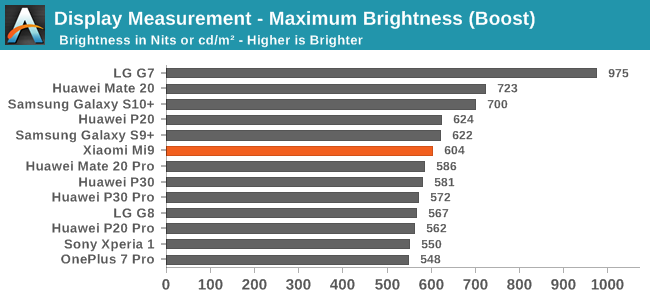
In terms of brightness, the Mi9 is on par with current generation AMOLED devices. At maximum manual brightness, the phone reaches a peak luminosity of 417nits. When in adaptive brightness and under bright environments, the phone goes into a high brightness mode and can reach up to 604 nits on a full screen white.
On the greyscale accuracy test, we’re seeing that the Mi9 is a little bit off in terms of gamma as well as colour temperature. The gamma reaches an average of 2.33 at the 200cd/m² brightness level. We’re measuring this data-point with APL50 and window size of 50%. We notice the gamma figure appears to be more accurate at the maximum brightness measurement set, but that set was performed at APL100, pointing out possible miscalibration of the gamma, something that sadly a very great number of vendors aren’t able to get right.
The colour temperature is also a bit on the warm side, with the reds dominating. This seems to get worse the brighter the panel gets, with white levels at 6463K at 200cd/m² and 6250K at 417cd/m². It’s to be noted that this is something that can be alleviated by the software colour temperature control, however the “Cool” preset is far too cool, and our measurements here are also just unique to the device we have at hand.
Overall, the redish tint might not be too noticeable, however tones will appear slightly darker than they should be due to the higher gamma.

The resulting greyscale accuracy ends up with a DeltaE2000 of 3.00, just at the limit of what should be acceptable.
The standard mode targeting sRGB has relatively accurate saturations and gamut targets. Notice that the increased gamma we measured on the greyscale test here doesn’t appear in the yellow and blue spectrum, albeit present on the mid saturation points of the red channel. Another inaccuracy also seems to be that the blue channel is off hue, causing a larger error also in the magenta colours, besides the whole redshifted gamut.

Still, with a deltaE2000 of 2.03, the results are quite ok and we’ve certainly seen worse from other devices.
I wanted to also showcase the saturations of the “Increased contrast” mode. The above graph targets the DCI-P3 gamut at gamma of 2.2 (Display P3), yet we clearly see that this mode’s gamut goes beyond the aforementioned standard. It doesn’t really adhere to any particular standard, and simply seems to be the OLED panel’s native large gamut with popping colours.
Finally, in the Gretag-Macbeth chart of commonly found tones and skin colours we see the results of the phone’s slightly too high gamma as well as the overall red-shifted colours.

Overall, the phone still managed to achieve a passable dE2000 of 2.68, which is not great, not terrible.
Overall, the Mi9’s screen is in my opinion a good screen. Contrast, brightness and viewing angles are again as usual of an OLED screen very good and the Mi9 doesn’t disappoint in this regard. In terms of colour calibration, the Mi9 did ok, we’ve certainly seen better calibrated devices out there but the Mi9 is also not outright bad. For users looking for the best accuracy I recommend the standard mode and trying to slightly adjust the colour temperature to their liking if they so happen to notice the slight red shift that appeared on our review device.


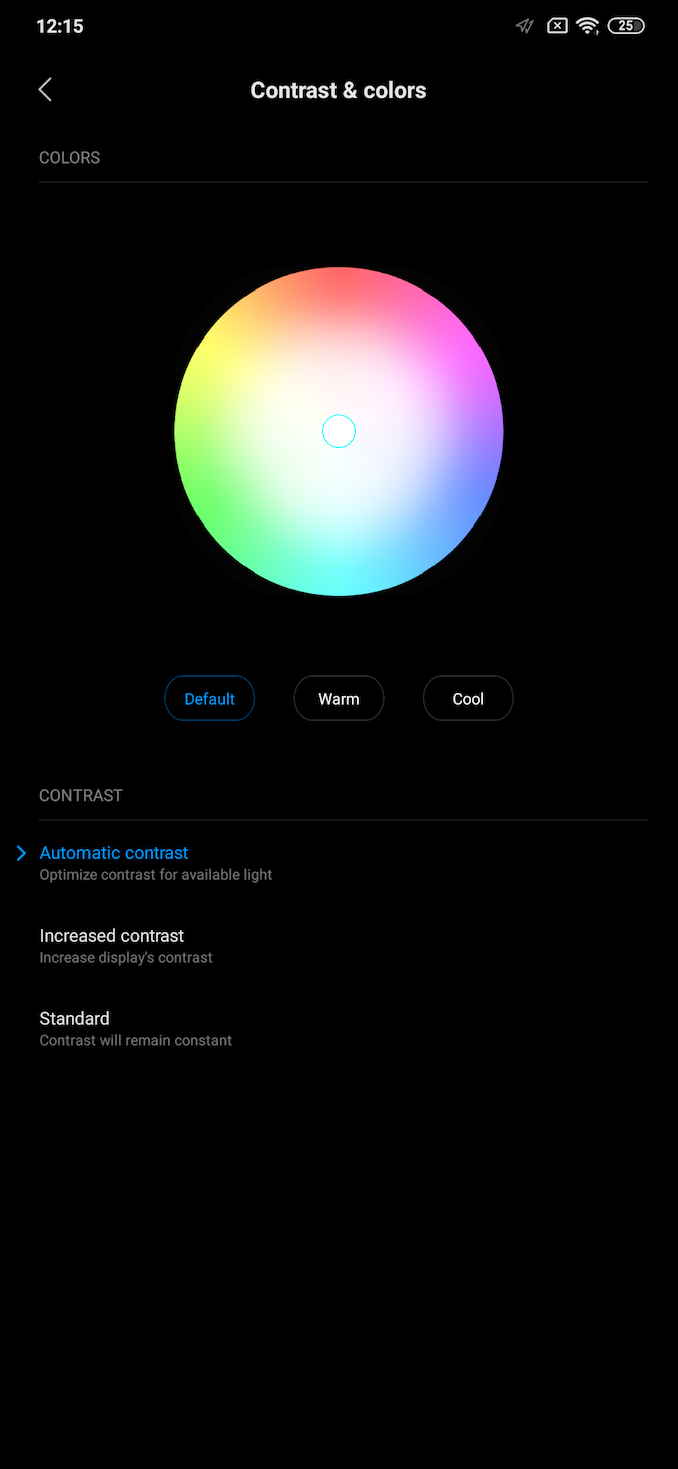
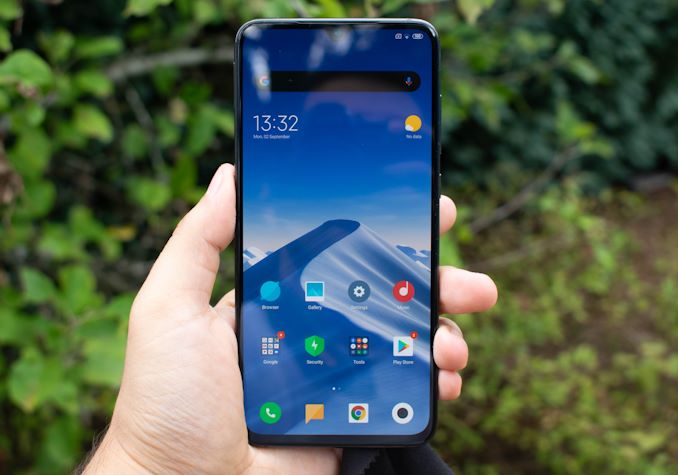


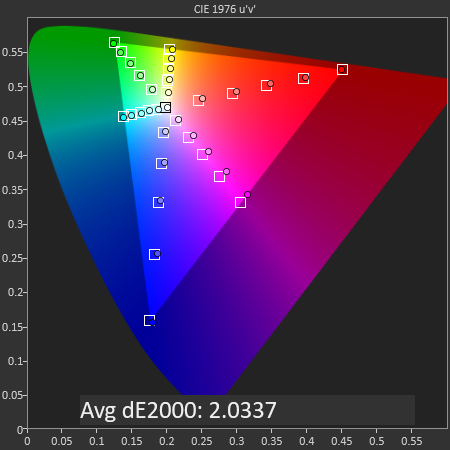
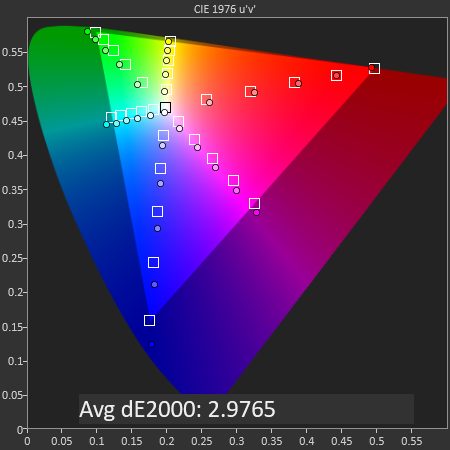
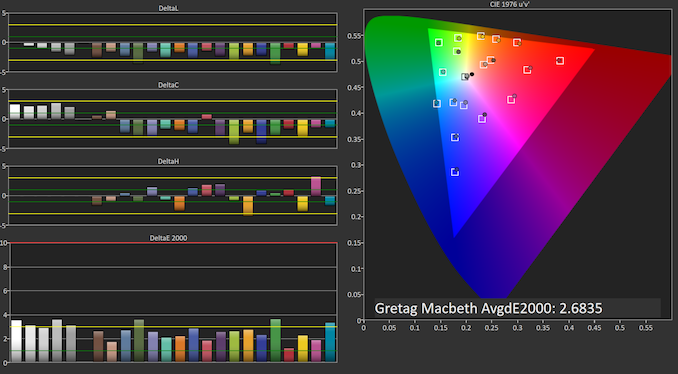








96 Comments
View All Comments
Redmyth79 - Friday, September 13, 2019 - link
I'm going to call Bullshit on your scores because I have the Note 9, S9+ and the Xiaomi Mi 9 EU Global ROM and my scores including FPS and a lot of things you have posted here do not come close to the performance I'm getting.My Mi 9 best every phone you have up there in most every one of those test.
It lost to the ROG 2 and Black Shark 2pro in a couple area's but very limited. Matter fact though, what makes anybody with a ounce of common sense know that this testing is completely fabricated bullshit is the fact that the S10+ is up top or near the top in a lot of spots because the S10+ has the worst testing of just about any 855 chipped phone. Furthermore you have the S9+ rated higher in certain test that I personally ran and there are official results from those very testing sites saying your results are off by more then a 1000 points in some areas with the S9+ even.
I don't get the sham going on here but it just ruined any credibility this site ever had!
NXTwoThou - Friday, September 13, 2019 - link
Are you still using the stock rom? I'm pretty sure AnandTech didn't bother getting the latest greatest(and probably hasn't had it long enough to get unlocked or xiaomi.eu). I know my phone had a huge performance difference after a few updates.Andrei Frumusanu - Friday, September 13, 2019 - link
It's running the latest OTA on a commercial EU unit, build date July 9th. The phone's been out long enough that didn't go finishing for nonpublic firmwares.Redmyth79 - Friday, September 13, 2019 - link
What update? What's the number 10. What?I currently have 10.2.30.0 and have not complaints except for the fact that around the 10.2.26 update I lost the ability to control saturation, sharpness and contrast.
Andrei Frumusanu - Saturday, September 14, 2019 - link
10.28Redmyth79 - Friday, September 13, 2019 - link
So you understand what I'm calling bullshit on is the performance charts with GPU and CPU test with the many test. The one thing the Xiaomi Mi 9 truly excels at is CPU, GPU and overall speed and gaming experience always running at the top of any flagship out. The only one I've seen close is the OnePlus 7 pro.As far as your end review, I saw your camera info, you are wrong in a few areas here as well.
The Xiaomi Mi 9 does have a advanced EIS that is not like others but is actually a advanced form of OIS with a extra sensor that watches the movement of the OIS to give it more accurate and faster info to make proper adjustments to make the Mi 9 one of the most stable of all current smartphones in 4k@30 video.
Any YouTube reviews and also dxomark will show this without question up amongst all the rest.
If I can post the link to the Mi 9's EIS I will do it here for those to read up on it.
Last, I don't have a issue with low light pics and most reviews show the same bit it's not of the level of the Note 10+, P30 pro or Pixel without Gcam for night shots.
gizchina.com/2019/02/17/mi-9-closed-loop-motor-explained/
Of course you have to put in the http/www part on that link.
porcupineLTD - Friday, September 13, 2019 - link
A new fanboy arrives.Redmyth79 - Friday, September 13, 2019 - link
Fanboy of what I've always been a Galaxy fanboy sense I've owned all from S4-S9+ but the Mi 9 is truly a game changer to meNXTwoThou - Friday, September 13, 2019 - link
As a fyi, I've taken some rather craptackular shots with my Mi9. I've also taken some astoundingly good ones. Previously I was Lumia 950 and 920 before that. I'd been used to relatively good cameras on my phones. Lack of OIS is a big deal and the EIS doesn't make up for it. I have some health issues that cause trembles, my older phones it made zero difference, with the Mi9 it's very apparent when I'm having a bad day. Even when I'm not having a bad day I can still get bad shots where the same environment had previously been no issue for my previous phone.The Mi9 is an insanely good value. I love my phone. I just recognize the issues presented in the article are valid.
Jon Tseng - Sunday, September 15, 2019 - link
If you have good benchmarks and data post them rather than ranting.Talk is cheap if you're too afraid to back it up.
Anandtech has years of best in class work around mobile performance analysis. Forgive me if I give them the benefit of the doubt.